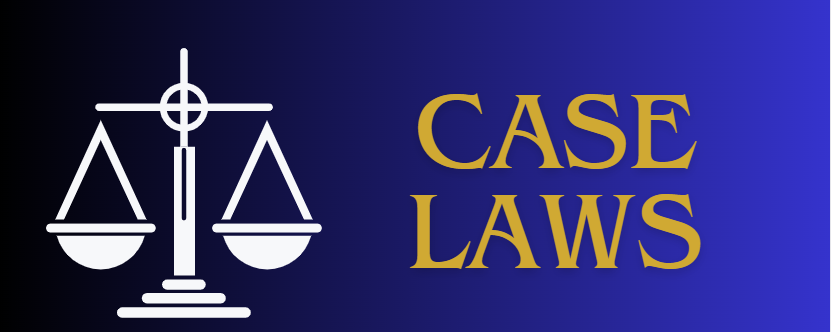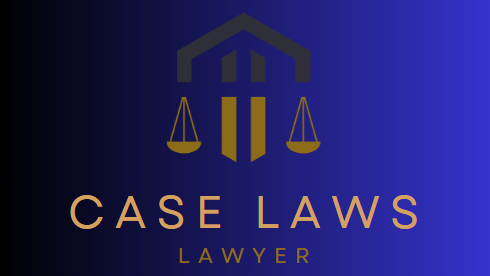The distance between police station and the place of occurrence is six kilometers. Complainant in cross examination stated that he had been using mobile phone for the last ten years and the PWs were also using mobile phone since then. Obviously they were travelling at night far away from their houses so there was every possibility that all the PWs had mobile phones available with them. In this way, they could have easily made calls through their mobiles to the police at available police emergency numbers which are almost known to a person travelling. The prosecution failed to give any plausible reason for the aforesaid delay. Therefore, we have no hesitation to hold that the delay in setting the machinery of law into motion speaks volumes against the veracity of prosecution version.
As per contents of FIR, the unfortunate occurrence had taken place on 01.02.2016 at 3:15 a.m. (night) and the matter was reported to the police on 01.02.2016 at 07:15 a.m. i.e. after the delay of about four hours of the incident.
Pak Case Laws
August 13, 2021
Postmortem examination on the dead body of deceased was conducted on 01.2.2016 at 09.30 a.m. with a delay of six hours and fifteen minutes from the occurrence. More so, as per opinion of Doctor the time between the death and postmortem examination was 6 hours. It has been held repeatedly by the Hon’ble Supreme Court of Pakistan that such noticeable delay is normally occasioned due to incomplete police papers necessary to be handed over to the Medical Officer to conduct the postmortem examination on dead body of the deceased which happens only when the Complainant and police remain busy in consultation and preliminary inquiry regarding the culprits in such cases of un-witnessed occurrence.
Firearm injuries are present on the person of PWs indicate his presence at the spot, however it is not a conclusive proof of what he deposed before the Court is true. As per settled principles laid down for appraisal of evidence, even the testimony of injured witness is to be subject to scrutiny, for making
basis of conviction.
The distance, from where the firing was caused by the accused upon Manazar Ali deceased, shown in the site plan was about three feet, but this fact has been rebutted by medical evidence as in the cross-examination Doctoe stated that there was no blackening, burning and tattooing on the body of the deceased. He further described in his cross examination that “burning occurs when fire is made within the range of three feet whereas the blackening occurs within the range of four feet”. In the light of the statement of Doctor there is glaring contrast between ocular and medical account. In the peculiar circumstances of the case, there must be blackening on the body of deceased which is very much lacking in this case.
Only source of light available with the PWs by which they saw the appellants firing at the deceased was the head lights of the cars. PW in his cross examination admitted that he had not produced the car used by them at the time of occurrence. After scanning the record it transpired that the police has also not taken into possession the car in which the alleged eyewitnesses were travelling and they witnessed the occurrence in the light of supra mentioned car. Identification of the accused in the head lights of vehicle is a weak type of evidence.
The narration of occurrence given by PWs as aforesaid is repellent to senses. It was a night occurrence and they were sitting in the car. Though it has been mentioned that they identified the culprits in the lights of car yet it is hardly believable that they could see the assailants when they had been firing desperately. All the PWs were equally under direct and immediate threat of death but still they were able to give photographic narration of the occurrence by attributing fire shots at the deceased and injured at the hands of two accused persons at a distance of 33 feet. The PWs had no any weapons along with them so they were at the mercy of assailants to be targeted.
Murder Reference No.489 of 2017
You may like these posts
Ad Space
Popular Posts
Labels
Tags
- 109 PPC
- 123 PPC
- 124 PPC
- 132 PPC
- 133 PPC
- 133 QSO
- 134 CrPC
- 148 PPC
- 149 PPC
- 154 CrPC
- 161 Cr.P.C
- 161 CrPC
- 161 PPC
- 164 Cr.P.C
- 170 CrP.C.
- 172 CrPC
- 177
- 179 & 180 CR.P.C.
- 185 COP
- 190 CrPC
- 193 & 202 CR.P.C.
- 193 CrPC
- 193 QSO
- 199 COP
- 1997 (XXV of 1997)
- 1997 (XXVII of 1997)
- 200 CrPC
- 201 PPC
- 2014 (XX of 2014)
- 204 CrPC
- 22-A
- 22-B
- 22A CrPC
- 265c CrPC
- 295 c PPC
- 300 PPC
- 302 b PPC
- 302 c PPC
- 302 PPC
- 304 PPC
- 307 PPC
- 323 PPC
- 324 PPC
- 325 PPC
- 326 PPC
- 34 PPC
- 342 CrPC
- 344 Cr.P.C.
- 345 CrPC
- 36 CrPC
- 376 PPC
- 379 CrPC
- 380 PPC
- 381 A PPC
- 392 PPC
- 397 PPC
- 406 PPC
- 409 PPC
- 411 PPC
- 417 CrPC
- 419 PPC
- 420 PPC
- 428 CrPC
- 435 CrPC
- 435 PPC
- 439 CrPC
- 440 PPC
- 448 PPC
- 454 PPC
- 46 QSO
- 467 PPC
- 468 PPC
- 471 PPC
- 491 PPC
- 497 Cr.P.C.
- 497 CrPC
- 497 PPC
- 497(2)
- 498 CrPC
- 498 F PPC
- 4Cr.P.C. 63 Cr.P.C
- 511 PPC
- 528 CrPC
- 540 CrPC
- 561 CrPC
- 91 CrPC
- 96 PPC
- 97 PPC
- accused acquitted
- AMENDMENT
- and 149 PPC
- Anti-Terrorism Act
- Art. 185(3))
- bai
- Bail
- Bail Granted
- Benefit of doubt
- cas
- Case Law with Complete Judgment
- Case Laws
- Child Witness
- Constitution of Pakistan (1973)
- Control of Narcotic Substances Act
- Conviction
- Corruption Act S.5
- Cr.P.C
- Cr.P.C.
- CrPC
- CrPC 439
- CrPcC 103
- Delay in FIR
- Draft/Application
- Evidance
- Evidence
- Extra-Judicial Confession
- Financial Institutions
- Gazette
- Identification prade
- Important Judgment
- limitation
- Marginal Wittness
- Murder
- Police Rules (1934)
- Prohibition (Enforcement of Hadd) Order (4 of 1979)‑
- Punjab Overseas Commission Act
- Qanun-e-Shahadat (10 of 1984)
- Recovery
- Revision
- S=9
- SECTION 169 Cr.P.C.
- SECTION 173 CR.P.C.
- Section 24
- Section 489-F PPC.
- SECTION 63 Cr.P.C.
- SECTIONS 190
- SECTIONS 2
- The talk of the town
- Topic
- Topics
- Urdu Video
- Video
- Witness
- witness statement
Popular Posts
Labels
Menu Footer Widget
Created By Blogger Template | Distributed By Gooyaabi Template















0 Comments